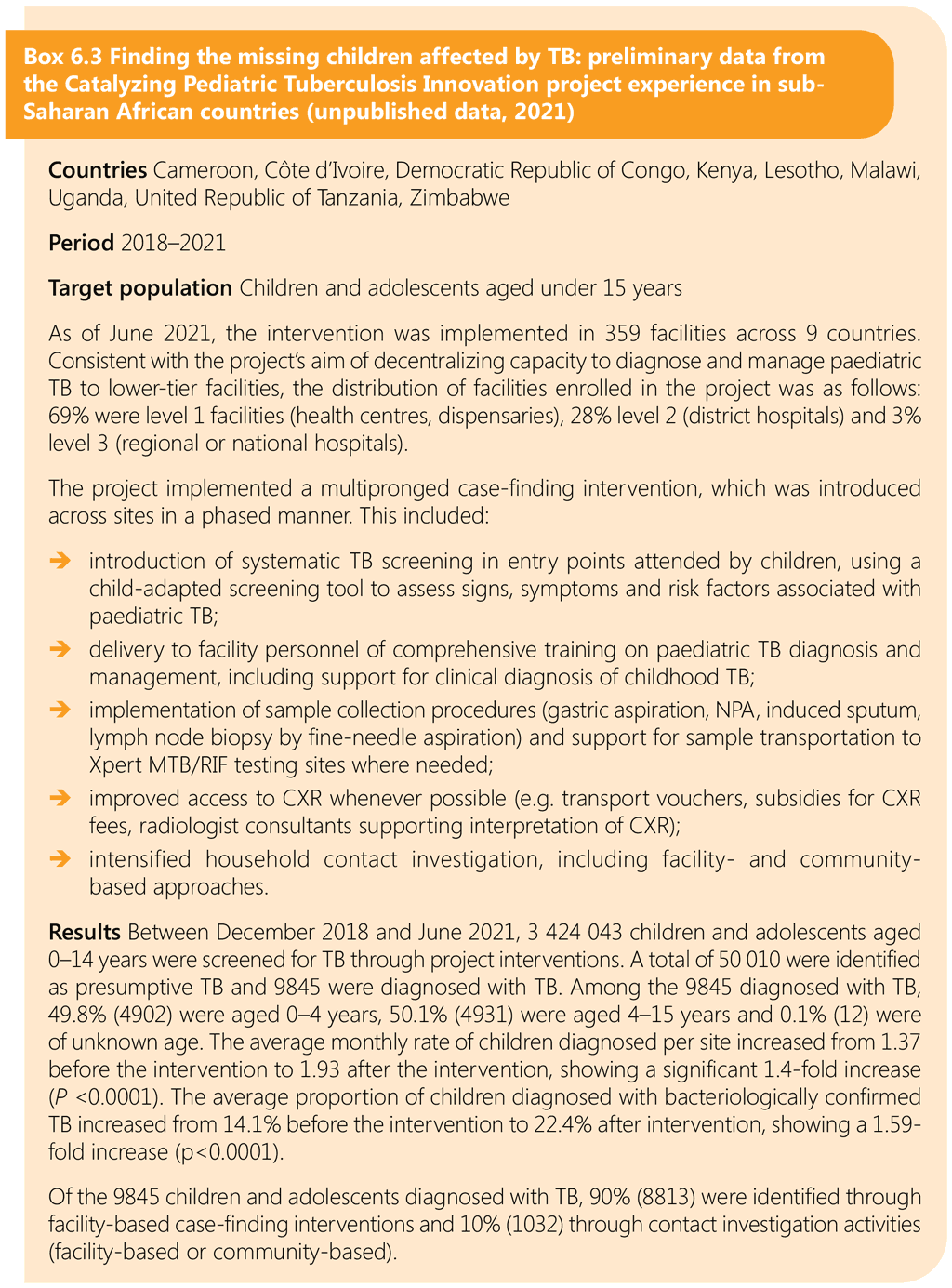6.3.2. Rationale
In most low- and middle-income countries, private providers are an important source of health care for the whole population. Typically, less poor people make more use of formal, qualified providers, while poor people often turn first to informal, unqualified providers. Private providers often account for 50–70% of care, especially outpatient primary care (175).

 Feedback
Feedback
